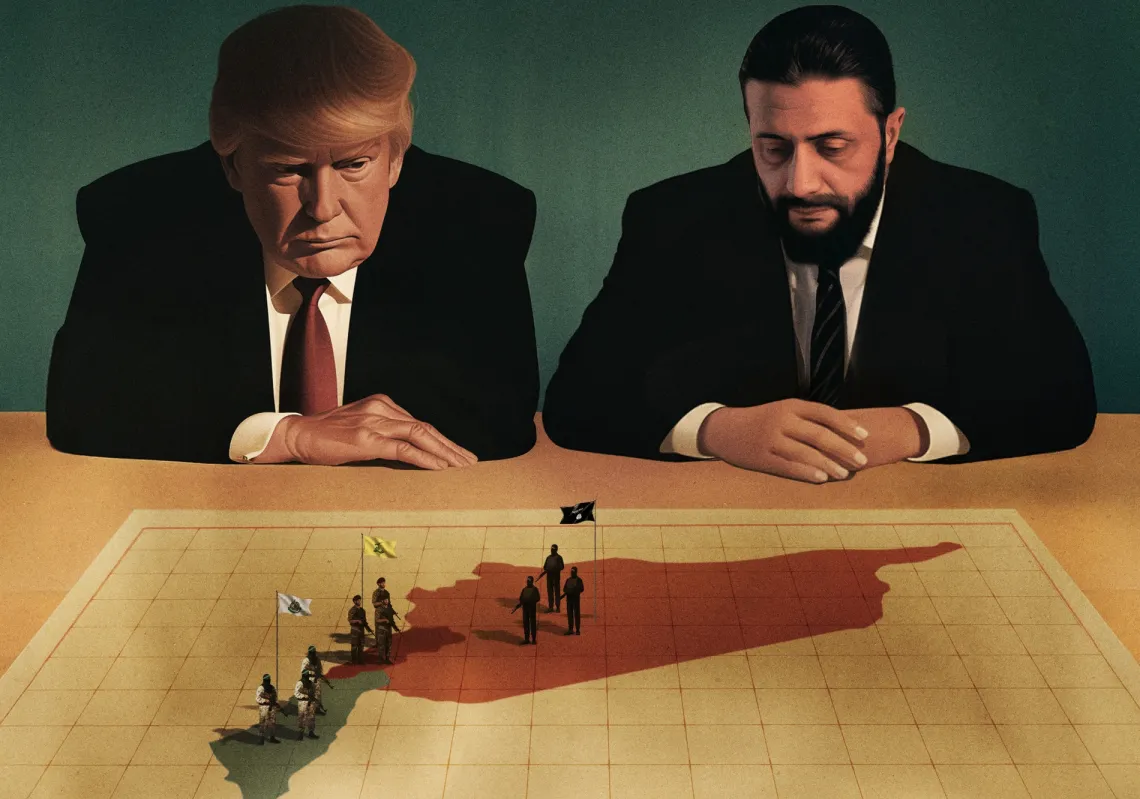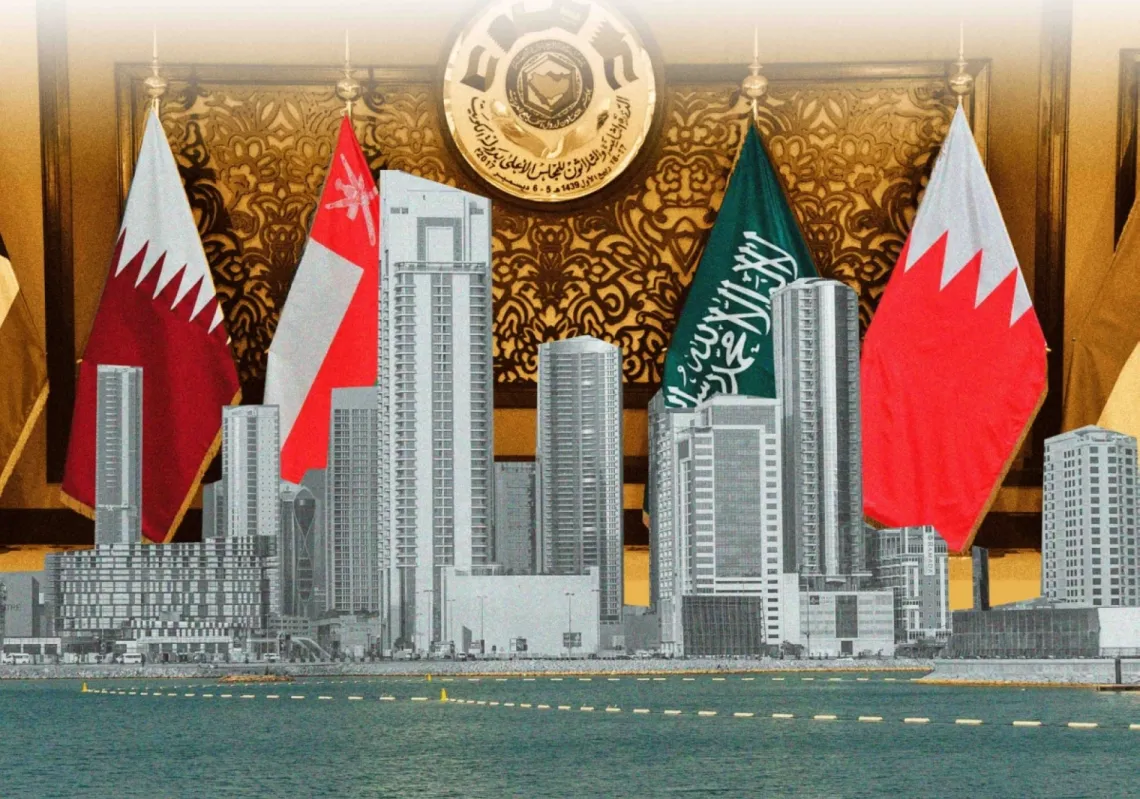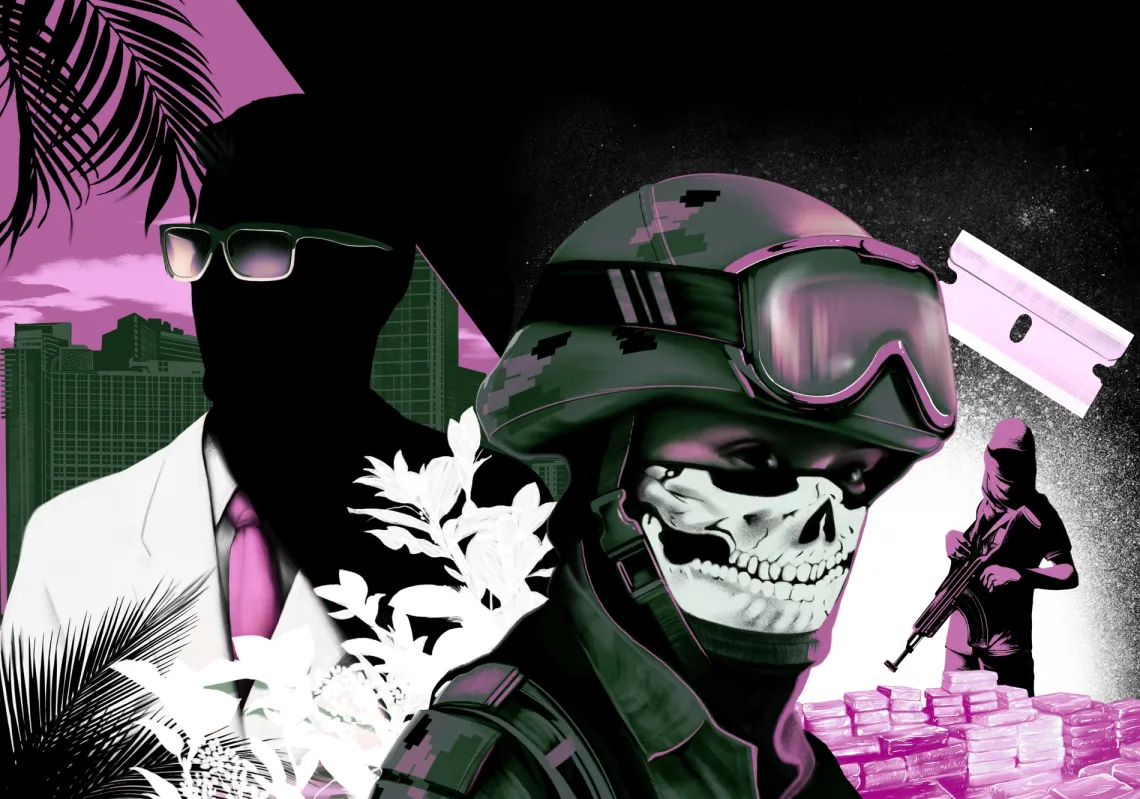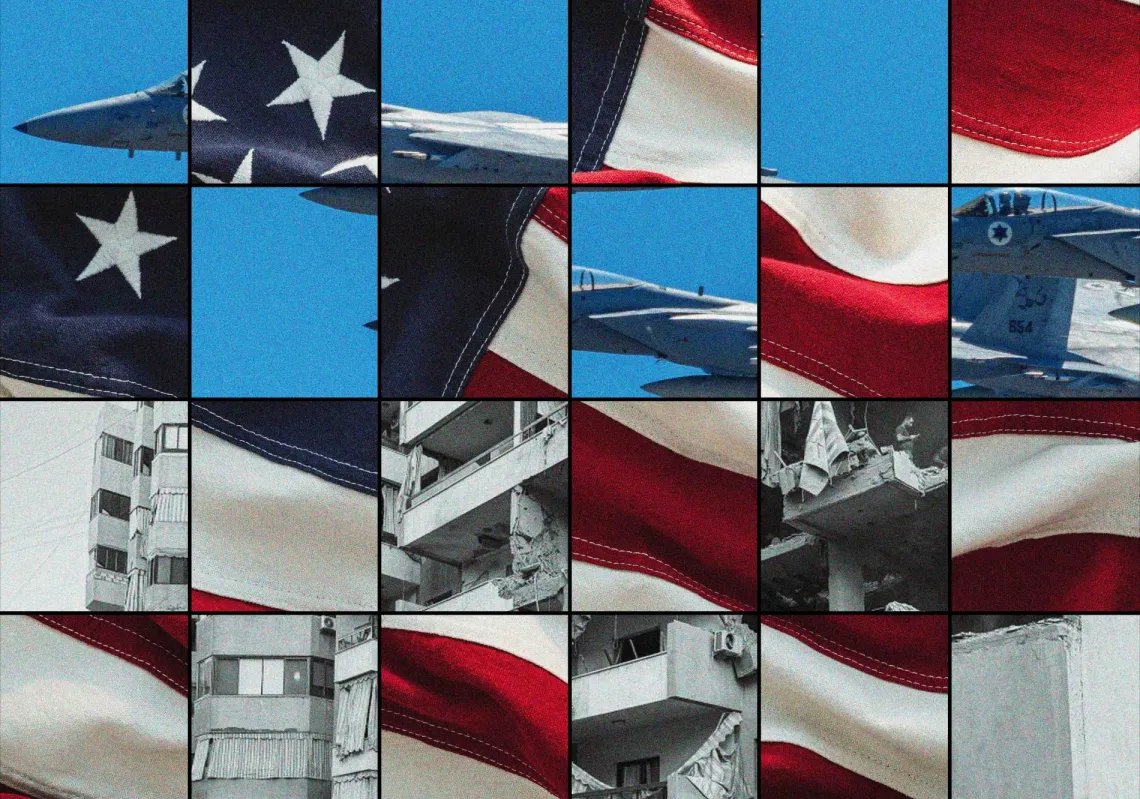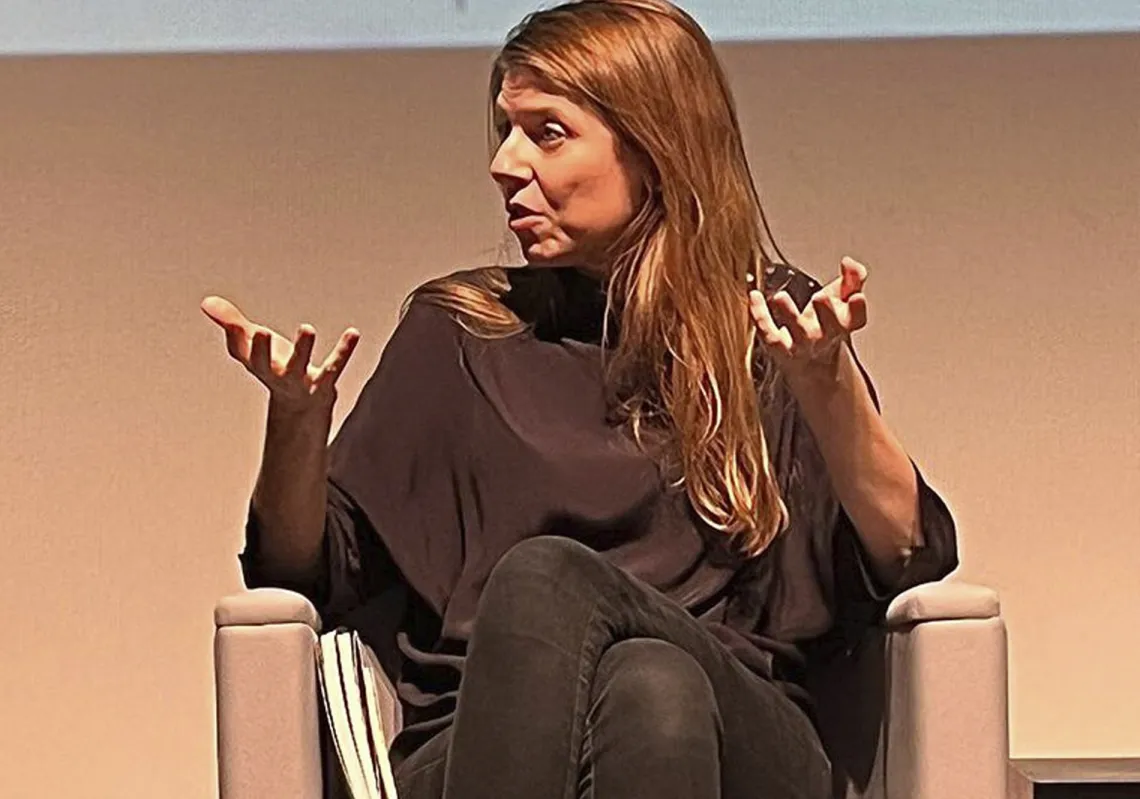 Protests continue in the snow in Kiev on December 9, 2013. (Onur Coban/Anadolu Agency/Getty Images)[/caption]
Protests continue in the snow in Kiev on December 9, 2013. (Onur Coban/Anadolu Agency/Getty Images)[/caption]
Ukraine has entered its third week of protests against President Yanukovych, after he announced that his government would not sign the EU association agreement. As I walked the streets of Kiev this week, I was struck by the stark similarities between the Ukrainian demonstrations and the Gezi Park protests in Istanbul last May.
Ukrainians are fed up with the Yanukovych government’s haphazard decision-making and its lack of interest in reforming the country. On the streets that lead to Independence Square, or “Euromaidan,” as it has been dubbed by the young protesters, thousands of people walked to voice their grievances. Most Ukrainians feel their democracy will not survive without the help of the European Union. They believe the EU partnership would guarantee transparency, freedom of expression and accountability for the next generation of Ukrainians.
Ruslana, the Ukrainian pop star who won the Eurovision Song Contest in 2004, was at the center of the protests last week. She said that “This government has a bad history. They treated our youth brutally, they used violence against university students—we cannot let them do this again.” When police waded in to break up the protest, Ruslana shouted through a megaphone: “Don't hurt us.”
For the Turkish people who protested in Taksim Square and Gezi Park, these scenes and grievances were all too familiar. In Istanbul, young students and environmentalists protested against Turkish Prime Minister Recep Tayyip Erdoğan, who had defied public opinion with his plans to destroy Gezi Park. They also protested his reforms, which they saw as out of touch with much of Turkey’s progressive youth. Turkish police stormed the square regularly with tear gas and water cannons.
“Maidan,” which also means square in Turkish, is likely a word that entered the Ukrainian language via the Ottomans. The square has captured the imagination of Ukraine in much the same way that Taksim did in Turkey. Kiev’s Maidan hosts concerts and solidarity talks during the day and political rallies by night. In Istanbul’s Taksim, it was all fighting all night long. But both cities share the same energy of protest: music, art, young people and solidarity.
There are also differences. The Gezi protests turned into an international event as European youth parachuted into the city to join the cause. Euromaidan, however, seems to be limited to Ukraine. Meanwhile, the international media’s attention has turned to Nelson Mandela, and Yanukovych was smart enough not to use the same heavy-handed tactics as the Turkish police.
One curious dynamic in both situations is the involvement of the European Union. Following Gezi and the harsh response of the Turkish authorities, the European Union put Turkey’s accession negotiations on hold—but it did little else. Europe now appears to be getting more serious about Ukraine, after EU foreign policy chief Catherine Ashton visited Kiev yesterday. The president has now said that he is ready to resume EU talks, although he may just be buying time. Erdoğan, on the other hand, sought no mediation from inside or outside Turkey.
All views expressed in this blog post are those of the author and do not necessarily represent the views of, and should not be attributed to, The Majalla magazine.



